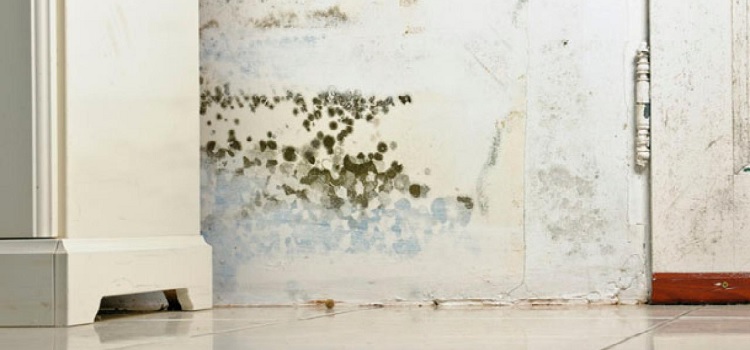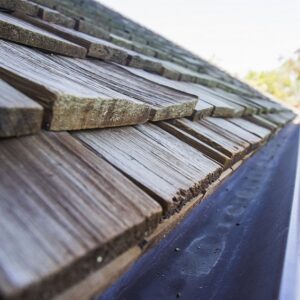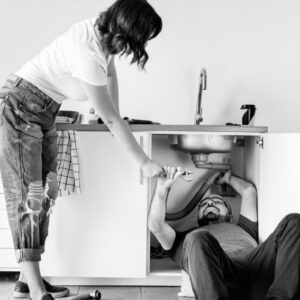Being a home owner is a really big responsibility, you need to pay the bills, take care of the exterior and interior of the house, as well as regular maintenance. One of the most insidious problems homeowners face is mold.
This particular problem can lie dormant and undetected for a long time before you find out that there’s a problem and by that time, the damage may be significant. One of the trickiest places where mold can hide are the walls. So, how can you figure out whether there’s mold in your walls?
The Walls Are Wet
Mold needs water to grow, so if there are traces of water on your walls, either from a flooding or from a burst water pipe, it is very likely that a mold infestation is going to follow. The only way to prevent this from happening is to remove the drywall and replace it with a new one. Depending on the extent of the damage, you may have to remove all of it, or just the parts which have been damaged by water.
Even if you cannot see it, there are ways to measure the moisture levels of your walls. You can consult mold removal experts if you feel like this is a bit too technical for you, or purchase a moisture meter and measure the levels yourself.
You Can Actually See Traces of Mold
If the mold infestation is extensive, you will soon be able to see visual traces of it. The discoloration of your wall paint is a fairly straightforward sign that you have a mold problem. This discoloration will spread quickly because mold is fairly efficient when the conditions are suitable. In more extreme cases, the mold will actually grow on your walls.
Even if you remove the mold from the outside of your walls, you may still have hidden mold inside your walls which will take any and every opportunity it gets to propagate and spread.
You Can Smell the Mold
Mold has a very distinctive smell, which is why it may be fairly easy to detect just by smell alone. However, the smell won’t be felt at the very early stages, but rather after a while, when the infestation has had time to grow.
The simplest way to explain the smell of mold is to compare it to a smell of a library. These buildings are typically old and have a lot of books which are slowly decaying, which is largely causing the smell. However, if you smell that odor in your home, the most likely cause of the smell is the mold.
Another apt comparison is the smell of the forest. The leaves on the ground in the forest are decaying and being consumed by the mold, which is what is happening to your walls as well. The smell of decay and mold will likely be faint at first, but if you do nothing about it, it will become stronger and more difficult to ignore. The fact that there’s not much circulation in the walls is not helping the situation either.
Mold Removal
If you determine that, in fact, you do have a mold problem, you will need mold removal professionals’ help. They can help you identify the extent of the damage, as well as perform mold removal with minimum invasiveness.
They will, however, need to replace all the infested parts of your walls. There’s no other way to effectively and permanently get rid of mold. So if you suspect that you have a mold problem, do not delay solving it because mold is bad for your health and your house.




